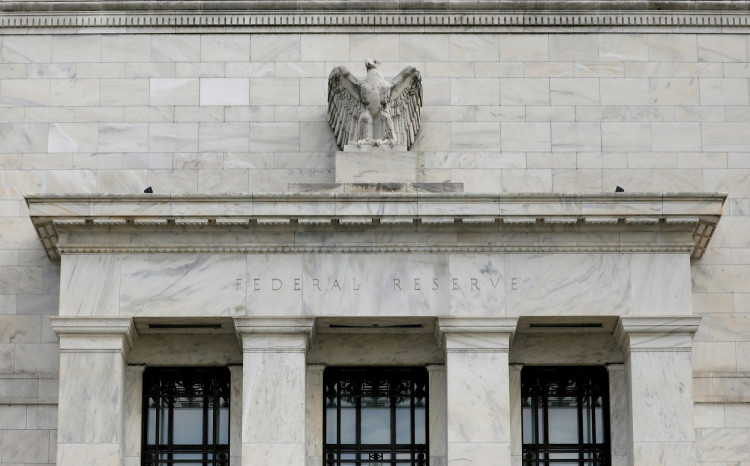Inflation in the United States moderated slightly in April, with the Federal Reserve's preferred measure indicating that price pressures remain persistent, despite a modest deceleration. The Commerce Department reported on Friday that the personal consumption expenditures (PCE) price index, excluding food and energy costs, rose by 0.2% for the month, aligning with market expectations.
On an annual basis, the core PCE, which the Fed closely monitors, increased by 2.8%, a touch higher than the anticipated 2.7%. When including the more volatile food and energy categories, PCE inflation stood at 2.7% year-over-year, with a monthly increase of 0.3%. These figures were in line with forecasts and suggest a continued but slow trajectory towards the Fed's 2% inflation target.
"The core index came in at 2.8%. That's fine, but it's been trading in a range for five months now, and that's pretty sticky to me," said Dan North, senior economist for North America at Allianz Trade. "If I'm [Fed Chair Jerome] Powell, I'd like to see that start moving down, and it's barely creeping. ... I'm not reaching for the Pepto yet, but I'm not feeling great. This is not what you want to see."
The inflation data was accompanied by figures on personal income and spending. Personal income increased by 0.3% in April, matching expectations, while spending rose by a modest 0.2%, falling short of the 0.4% forecast and down from March's revised 0.7% gain. When adjusted for inflation, spending showed a 0.1% decline, driven by a 0.4% decrease in goods spending and a marginal 0.1% rise in services expenditures.
The market reaction to the PCE report saw futures tied to major stock averages rising, while Treasury yields moved lower. Chris Larkin, managing director of trading and investing for E-Trade from Morgan Stanley, noted, "The PCE Price Index didn't show much progress on inflation, but it didn't show any backsliding, either. Based on the initial reaction in stock index futures, the market will see it mostly as a positive."
However, Larkin added, "Investors will have to remain patient. The Fed has suggested it will take more than one month of favorable data to confirm inflation is reliably moving lower again, so there's still no reason to think a first rate cut will come any earlier than September."
Fed officials have maintained a cautious stance in recent weeks, emphasizing the need for sustained progress towards the 2% inflation target before considering rate cuts. New York Fed President John Williams reiterated on Thursday that while he expects inflation to continue to ease, prices remain too high, and significant progress is still required.
Market expectations for rate cuts have been tempered, with pricing on Friday indicating that the first reduction in interest rates is unlikely to occur before November, coinciding with the Fed meeting that concludes just after the presidential election.
The Fed's preferred inflation gauge offers a broader perspective than the consumer price index (CPI), taking into account changes in consumer behavior, such as substituting less expensive items for costlier alternatives. This makes the PCE index a critical tool for policymakers in assessing inflationary trends.
The April data showed a 1.2% rise in energy prices, contributing to the headline increase, while food prices posted a 0.2% decline. Goods prices rose by 0.2%, and services saw a 0.3% increase, reflecting a normalization trend in an economy heavily driven by services and consumption.
The broader economic backdrop remains uncertain, with mixed signals from various indicators. The U.S. Dollar Index (DXY) experienced volatility throughout the week, influenced by bond market movements and fluctuating economic data. While the Greenback surged on Wednesday due to higher bond yields, it retraced gains following softer housing and GDP data, and the disinflationary PCE print on Friday further pressured the dollar.






